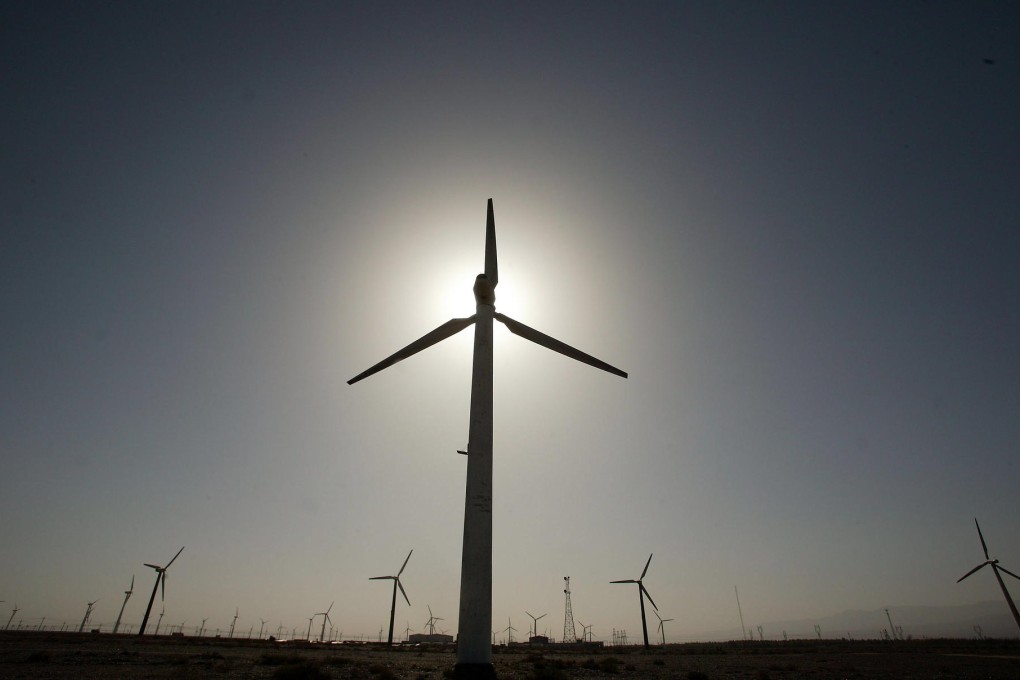Xi Jinping's green pledge will require an economic revolution
Xi Jinping's pledge to have renewable sources provide a fifth of the country's energy by 2030 will require a full-scale economic restructuring

China, which does nothing in small doses, is planning an environmental makeover in keeping with the political, cultural and market revolutions it has pursued over the past six decades.
In his agreement last week with US President Barack Obama, President Xi Jinping committed to capping carbon emissions by 2030 and turning to renewable sources for 20 per cent of the country's energy.
His pledge would require China to produce either 67 times more nuclear energy than the country is forecast to have at the end of this year, 30 times more solar or nine times more wind power - more non-fossil-fuel energy than almost the entire US generating capacity. That means building roughly 1,000 nuclear reactors, 500,000 wind turbines or 50,000 solar farms.
The cost would run to almost US$2 trillion, holding out the potential of vast riches for nuclear, solar and wind companies that get in on the action.
"China is in the midst of a period of transition, and that calls for a revolution in energy production and consumption, which will to a large extent depend on new energy," said Liang Zhipeng, deputy director of the renewable energy department under China's National Energy Administration. "Our environment is facing pressure and we must develop clean energy."
By last year, China had already become the world's largest producer of wind and solar power. Now, with an emerging middle class increasingly outspoken about living in sooty cities reminiscent of Europe's industrial revolution, China is looking at radical changes in how its economy operates.